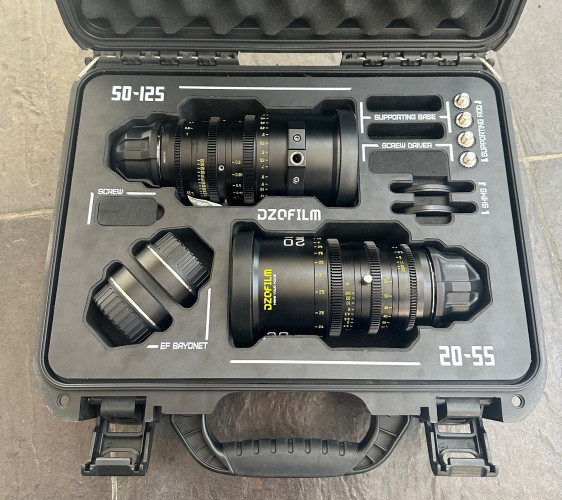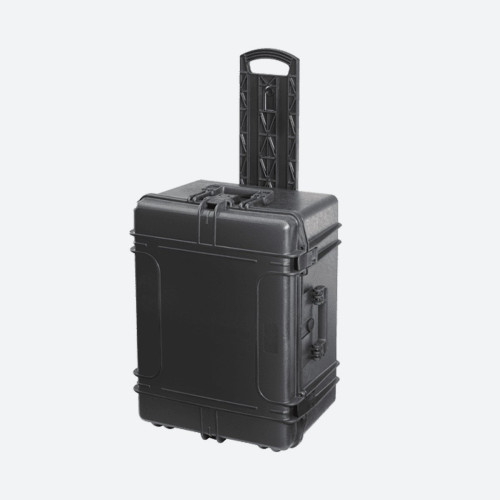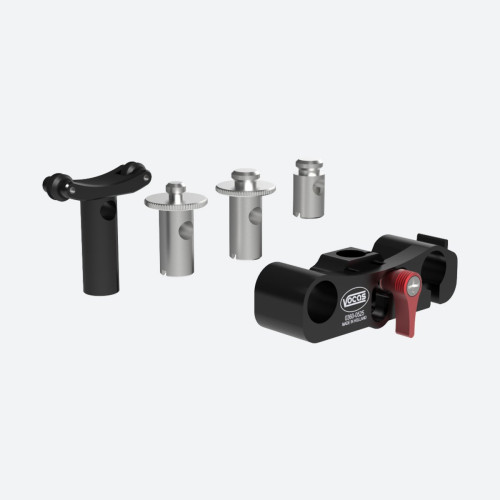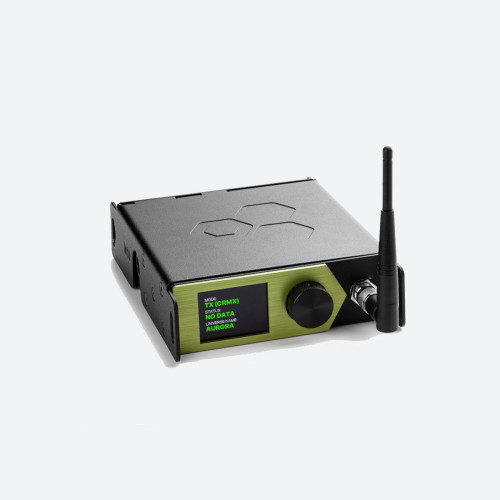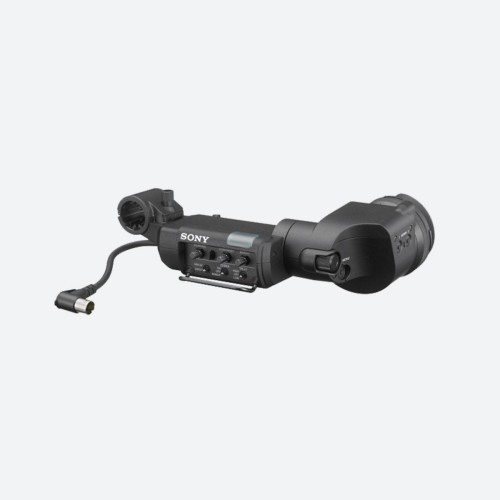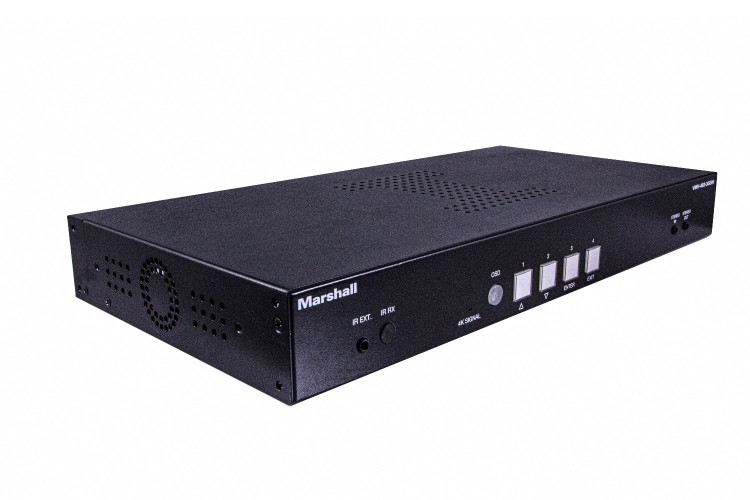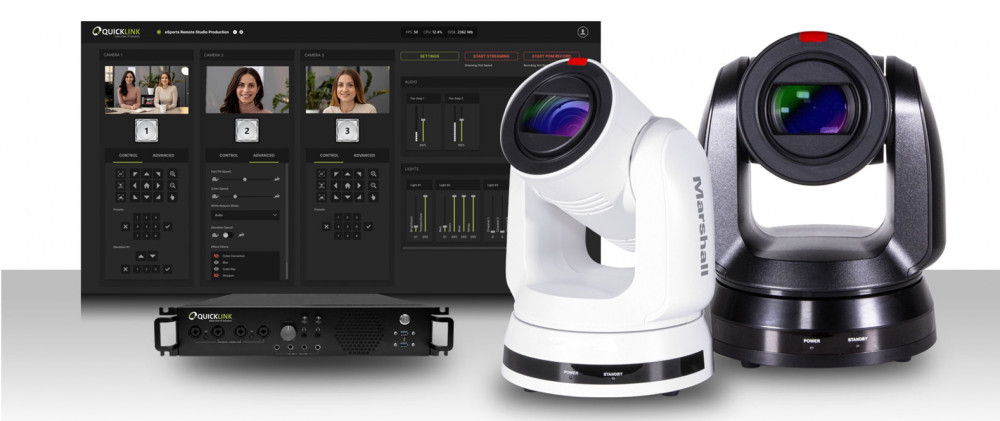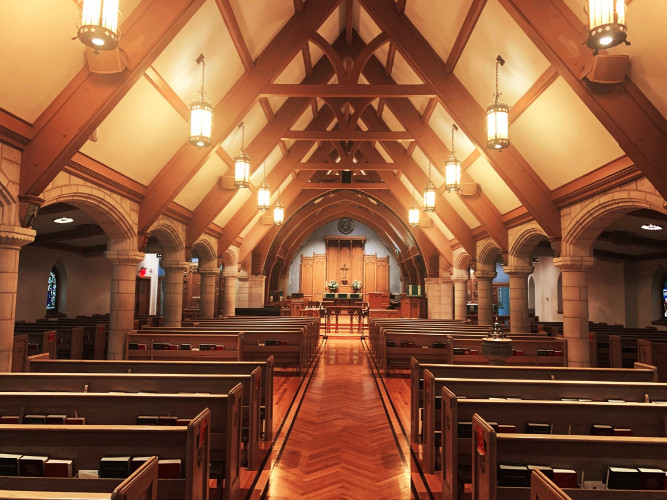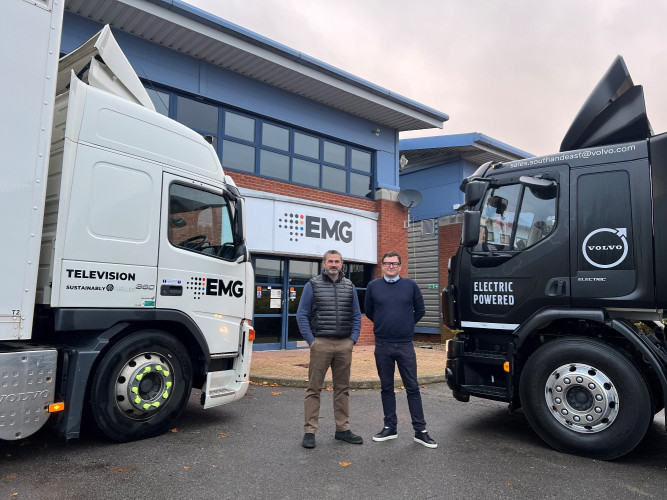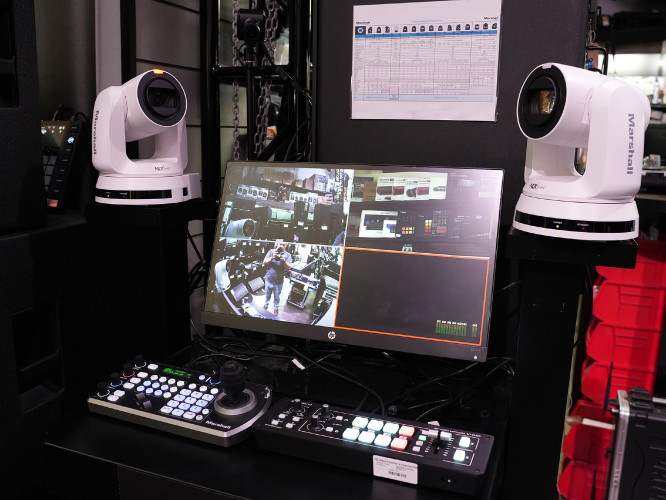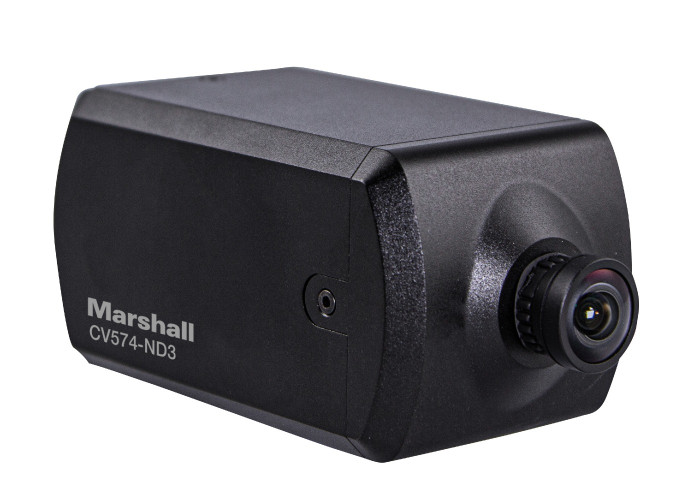Monitoring OBs the light and easy way
Author: Stuart Cameron
Published 1st April 2013
by Stuart Cameron, MD of Cache-Media
I wonder sometimes whether a successful OB should be measured as Outside Broadcast Coverage per KG or OB coverage per KM. The cost of fuel keeps rising and so the cost of getting to an OB location is also increasing. To anyone who is a cyclist, you know that extra weight slows you down when climbing hills. Therefore, it goes without saying that to drive to an event and cover it in the most economical way needs minimum weight to lower running costs. Maybe, there should be a ratio of what equipment on the truck is essential and how does it contribute to the overall result?
Equipment like Cameras, Routers and Servers are essential, as is high quality monitoring, but why waste weight transporting heavy monitors?
Monitors are an essential part of the Outside Broadcast World. Every camera angle must be looked at in great detail. In the UK, we have fast sports like Cricket (fast ball), Golf, Rugby, football and Athletics etc. In Ireland there is Hurling and Horse Racing. Monitoring must be able to keep up with the action with no lag and accurate colour reproduction. Producers quite rightly expect this to be a minimum and to sit in environments with high resolution displays for many hours at a time. For Cache Media, before the launch of the Marshall Truck Edition series, secret tests were done in Ireland to measure the monitor responsiveness to sports such as Hurling. After that, the TE monitors were tested in the UK for other facets such as Tally response and interfacing to the TSL Tallyman and Amazon systems. This was before even one monitor was sold in the UK/Ireland and the results have been worth the wait.
What are Truck Edition (TE) and In Monitor Display (IMD) monitors? Truck Edition stands for Low weight, max value for money and high performance. IMD stands for “In Monitor Display”-this means that there is no need for the cost and weight and size of a UMD. All of the information from a UMD is stored within the picture on an IMD and the picture on the monitor can be raised or lowered to suit any standard. For example, on the High resolution (1024 x 768) Dual 10” display the picture can be used in the upper part of the screen or centred. A Marshall R&D engineer, visiting the UK, worked through the night to achieve this before a critical test at a leading OB company during the test phase.
So much for the research, what about the results?
Marshall TE and IMD Monitors are available from 6.5 “up to 26”. The most popular is the dual 10” which is now available with 3G input featuring a 1024 x 768 display. The 24” displays are used for main and preview. The native HD resolution of 1920 x 1200 is available on the 17” monitor. The Quad series is also highly popular in that they can be used with both EVS and Avids in “Tape Trucks”. The layout can be traditional 4 way Quad or one large screen and 3 smaller ones to suit the producer. The 6.5” screen is available as a triple monitor for the engineering area.
All of the monitors come with power supplies and rack mount kits - there are no hidden extras to purchase. The budget priced 20” model fits neatly a 19” rack. The monitors can be connected to a Network Control Box that enables you to control each or all of the stack. In terms of resilience, the MTBF is very high and in the event of a failure, only one monitor fails-not the whole stack - this means full and flexible operation.
In the UK and Ireland, leading Outside Broadcast companies such as SIS Live, NEP Visions, Arena, CTV, Arqiva, Enfys and many others have all ordered and use Marshall Monitors along with leading rental companies such as Presteigne Charter and others.



